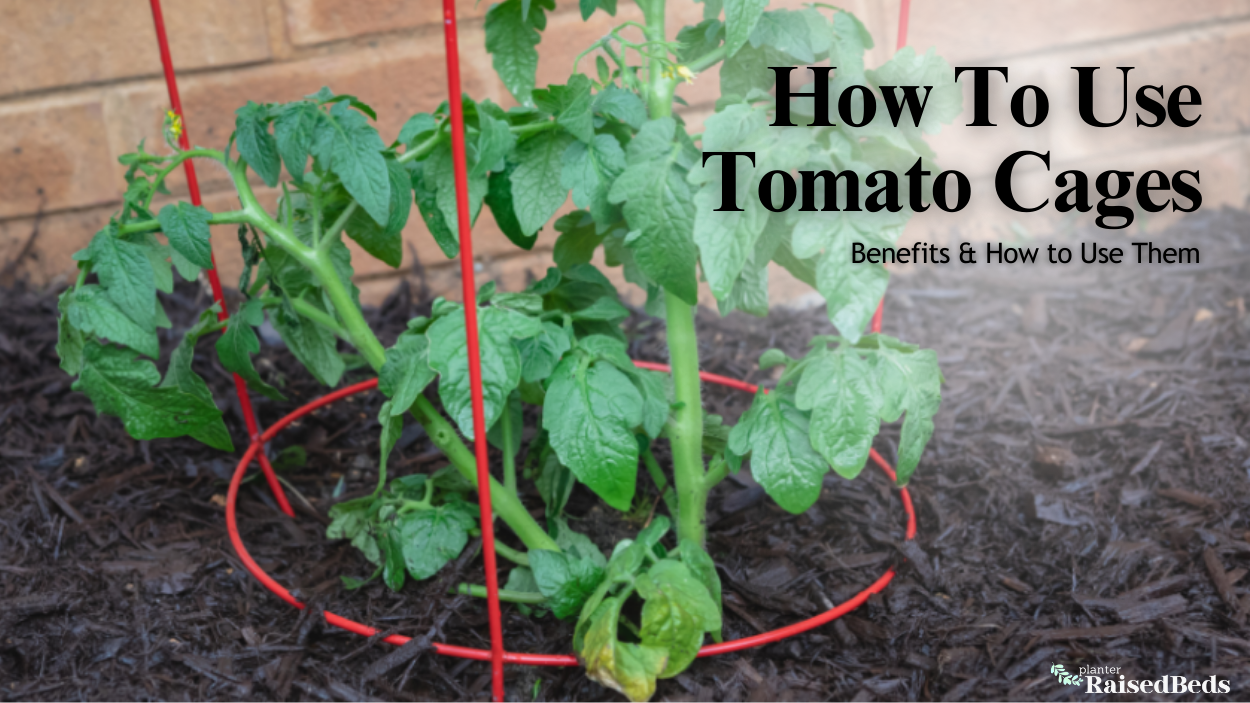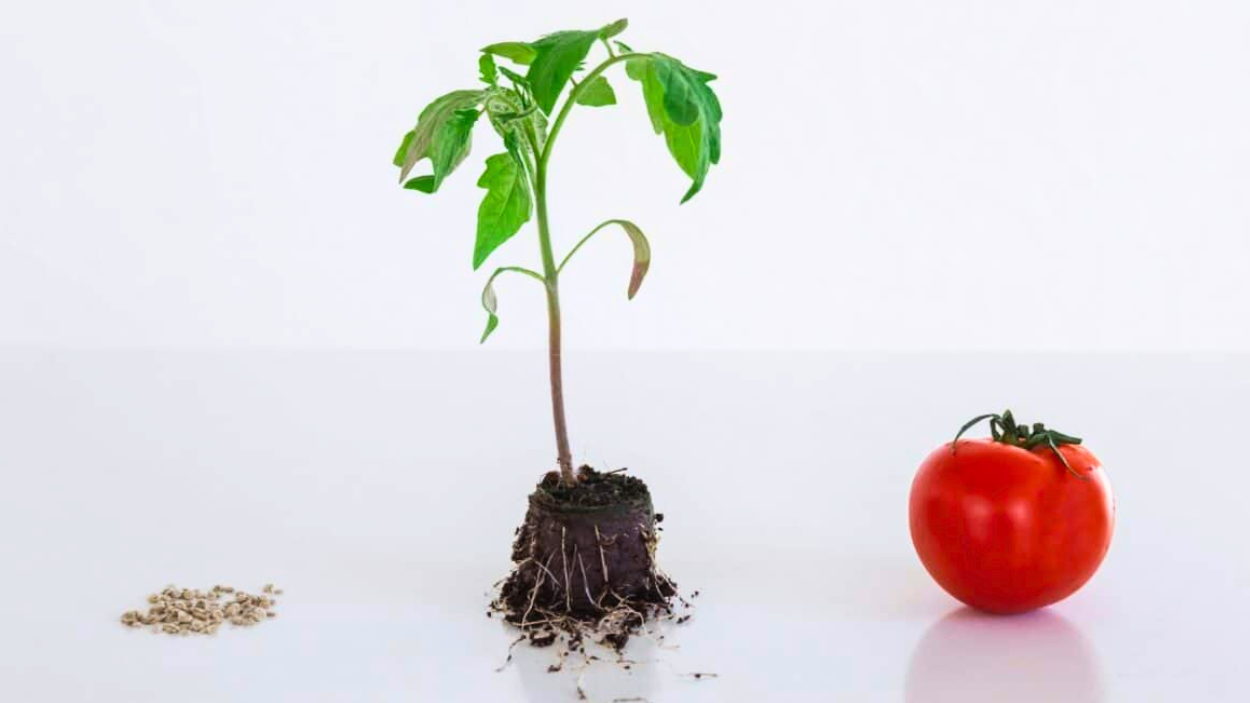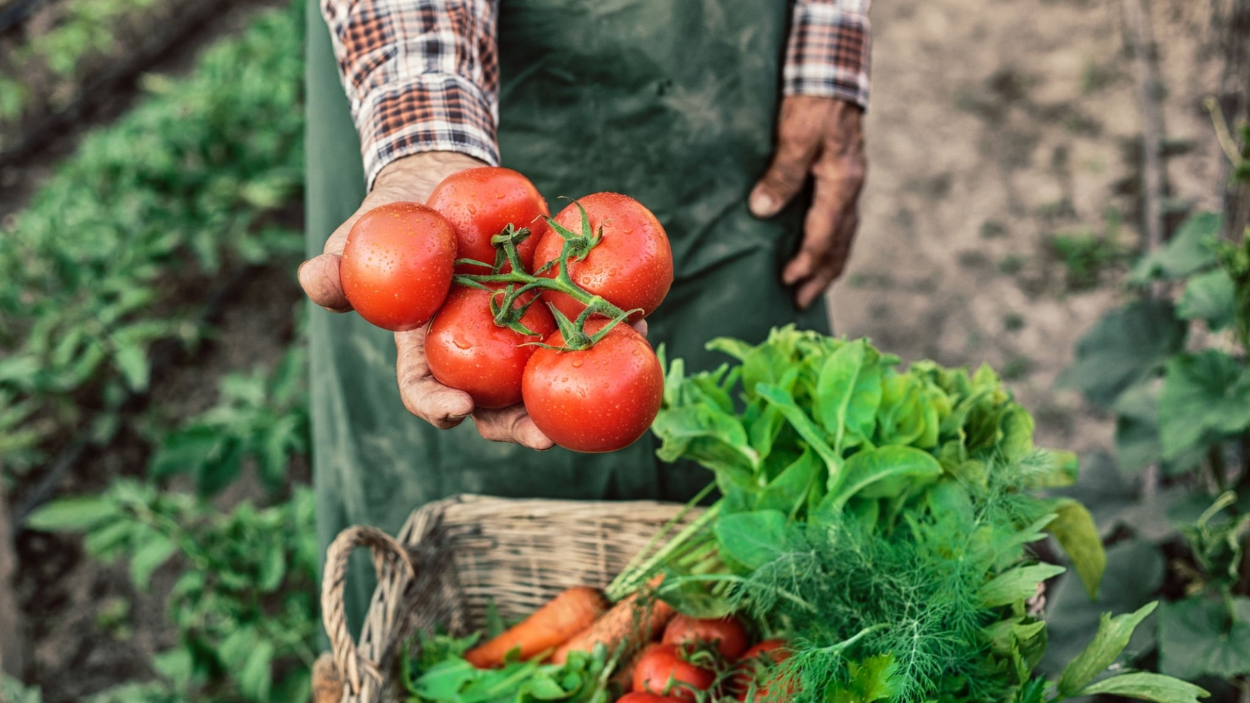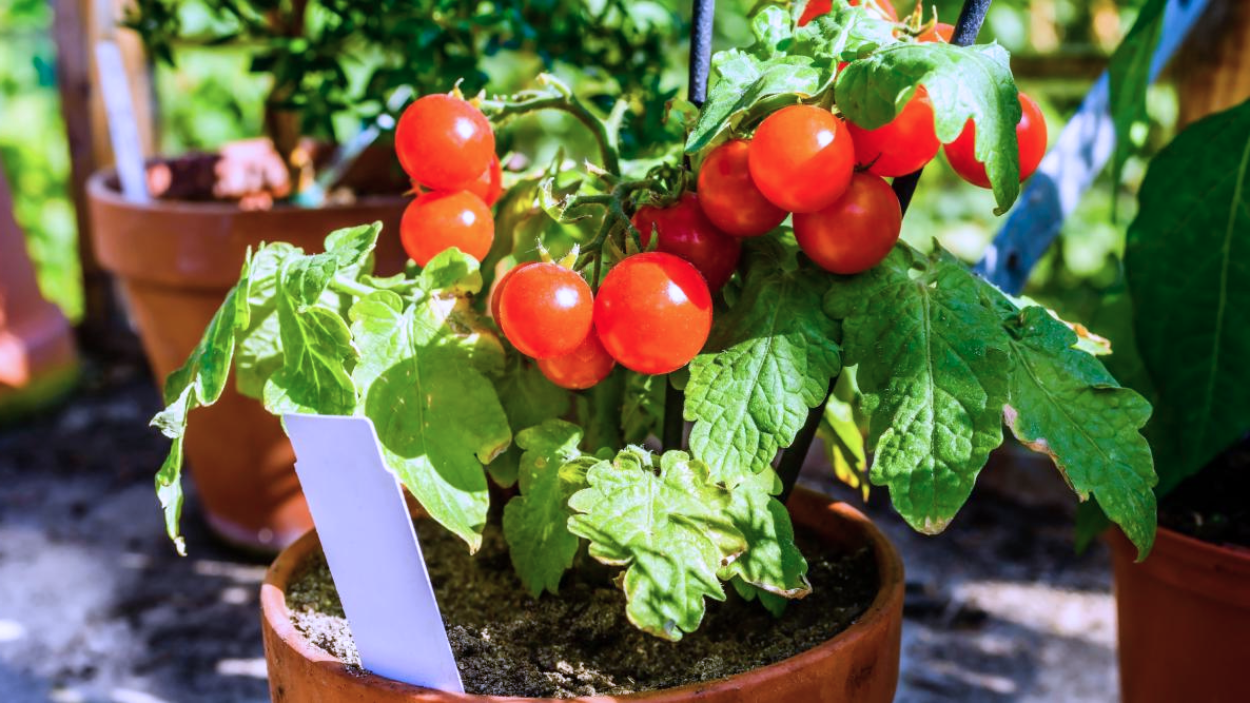The use of tomato cages is a fantastic approach to support your tomato plants and promote their tall, robust growth. Vines are supported by cages, which are also made to prevent fruit from coming into contact with soil and turning bad. Regarding size, material, and convenience of use, there are several options available to gardeners. This article will discuss the advantages of utilizing tomato cages and give you some advice on how to make good use of them in your garden.
Benefits of Using Tomato Cages
The plant is supported by tomato cages, which help to keep it upright and stop it from toppling over. They aid in boosting airflow around the plant, which lowers the danger of disease. By allowing the plant to grow higher and set more fruit, tomato cages can boost your crop. Additionally, they make it simpler to harvest tomatoes because the fruit is simpler to get to when the plant is supported by a cage.
Select the Proper Tomato Cage
Selecting the proper tomato cage is important to provide adequate support for your plants and ensure a successful harvest. There are many different types of cages that bring superior efficiency and productivity compared to the traditional way of growing tomatoes. Here are some factors to consider when choosing a tomato cage:
Height: Tomato cages come in different heights, so choose one tall enough for your specific tomato variety.
Diameter: Select a tomato cage that is the right diameter for your tomato plant's size. The cage shouldn't be too narrow or difficult to operate, but it should be wide enough to let the plant develop without being restricted.
Material: Usually composed of wire, bamboo, plastic, and tomato cages. Wire cages are strong and long-lasting, but they may also be bulky and challenging to move. Although bamboo cages are eco-friendly and lightweight, they might not be as sturdy as wire cages. Although plastic cages are lightweight and simple to clean, they might not be as strong as cages made of wire or bamboo.
Stability: Look for a tomato cage that is stable and won't tip over in strong winds or heavy rain.
When to Include Tomato Cages
Based on tomato plant growth, as soon as you plant your tomato seedlings (Around 2-4 Weeks), it is advisable to incorporate tomato cages. To avoid your tomato plants from bending or breaking under the weight of their fruit, it is always a good idea to include tomato cages or other supports. You can choose a raised garden bed for tomato growing to control the plant's health and easy to harvest. Adding support can also improve airflow around the plants, which lowers the possibility of disease.
How to Use Tomato Cages
Choose the right size: Choose a tomato cage that is adequate for the size of your tomato plant because they come in different sizes. A cage that is too small might not offer sufficient support, while a cage that is too big might be challenging to control.
Install the cage: When the tomato plant is young, place the cage around it so that it can grow up through the cage. To anchor the cage, press its legs into the ground.
Secure the plant to the cage: Use soft ties or string to delicately secure the plant to the cage as it grows. The plant will be kept upright and won't topple over as a result of this.
Prune the plant: Prune the plant's lowest leaves and stems to encourage it to grow tall and bear more fruit. More air and sunlight will be able to enter the upper part of the plant as a result.
Maintain the cage: Regularly check the tomato cage to ensure that it is still firmly in place and not harming the plant. If necessary, adjust the knots and take out any stems or leaves that are dead or damaged.
End Note
To support your tomato plants and improve your crop, use tomato cages. They're an easy and efficient solution. You can guarantee that your tomato plants grow tall and yield a lot of fruit by picking the appropriate size, installing the cage early, attaching the plant to the cage, pruning the plant, and maintaining the cage. To find the technique that works best for you and your garden, don't be afraid to try out various cages and supports.




